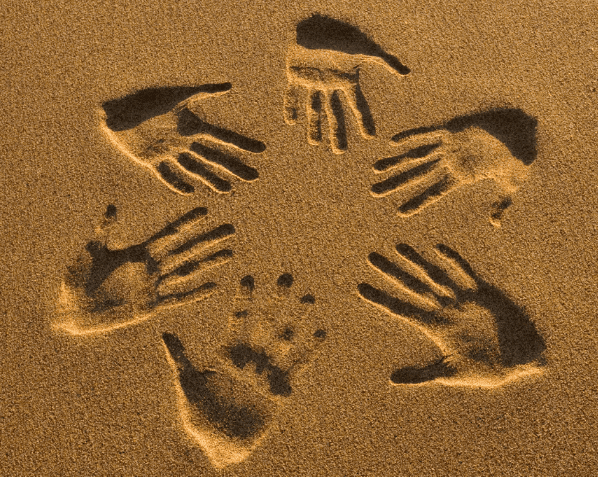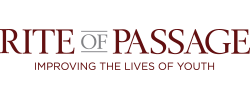Connection and Community
“While trauma may be their experience, it does not have to remain their identity.” — Dana Napier Rexrode, LPC, LCMHC Director of Clinical Operations, Rite of Passage
Research Into Practice
Despite the increased awareness of trauma-informed care in the past decade, Trauma Theory is not new to psychological research. As far back as the 1920s psychological researchers recognized the significant impact of traumatic events on mental health and well-being. The loss of control, sense of helplessness, and disruption of core beliefs and expectations about the world that comes with experiencing a traumatic event have deep repercussions, as is evidenced in the lives of the youth served in behavioral health and residential programs across the country.
Recent research has expanded our understanding of trauma to include recognition of the ways it impacts our hormones, brain function, and even gut health. The most important question we ask ourselves as we review these findings is, “now what?” After the impacts of trauma are felt in the body and observed in behaviors, what can we do to help promote healing and reduce trauma responses?
The interventions are as varied as the youth served, with the most effective evidence-based practices developed from sound clinical principles and research that tells us that fostering connections and healthy relationships is the first step on the path of healing. Before therapists can implement any specific intervention, they must first gain the trust of the individuals served. Research consistently demonstrates therapeutic rapport, a sense of connection and felt safety, and the ability to form healthy, appropriate relationships are critical to successful outcomes for individuals with a history of traumatic experiences. In fact, a recent study by an American Psychological Association task force suggests that the therapeutic relationship may in fact have a larger effect on a positive outcome than the specific treatment modality that a clinician uses.
Effective clinical practices that build these strong, trusting relationships include implementing the principles of TrustBased Relational Intervention (TBRI) or the Attachment, Regulation and Competency (ARC) frameworks to address attachment disruptions.
These practices provide tools to facilitate connection, trust and healthy attachments while addressing physical needs and felt safety, teaching awareness and self-regulation skills, and increasing competency for resilience. More importantly, maintaining a culture of teamwork, acceptance, structure, and support helps youth connect with staff and with one another.
Within our own programs, once trust is established, we select specific therapeutic interventions based on the needs of the individual. At some programs, the primary interventions center around peer support and the interactions that occur in the therapeutic milieu. For other youth, cognitive focuses like Trauma-Focused Cognitive Behavioral Therapy (TF-CBT) are the evidence-based practice of choice. Expressive therapies such as art and drama can also help heal body-mind connections. Staying abreast of the leading research into trauma and healing is necessary to answer the “now what?” question. We know that trauma comes in many forms and manifests differently for everyone, but we want youth to understand that while it may be their experience, it does not have to remain their identity.

Ho‘ōla is to Heal
In collectivist cultures, the entire group shares the pain of an injured individual and healing becomes the responsibility of the entire group, a concept that is foundational to Pearl Haven in O’ahu, where staff work to repair and rebuild damaged connections to facilitate healing, or in Hawaiian—Ho’ōla.
At Pearl Haven, a residential treatment program for sexually exploited youth in Hawai’i, repairing attachments and connecting youth back to their culture are key elements to increasing protective factors and resilience.
Elements of Hawaiian culture are woven into daily programming, not only to teach heritage through music and dance, but also the cultural and spiritual lessons found in these traditions. Youth learn the entire process of creating a lei for someone they appreciate and love, from planting and caring for the flowers to crafting this gift that embodies “Aloha”—the connection of mind and heart.
Program Director Elizabeth Ku’upuamailani Porter says the cultural piece of this program is very grounding. “Many of these youth have never had a chance to learn about their culture,” says Porter. “They can belong to something that is bigger than their trauma, which is very empowering.”
Through trust-based principles they’re also learning new patterns of relating and connecting with others. Staff help repair and restore attachment injuries by building new relationships with safe adults which enables them to move forward. “Everything they’re learning can change their stories,” says Porter. “They can write a future they never even thought was possible.”
“Trauma is about broken connections. Connection is broken with the body/self, family, friends and community, nature and spirit.” — Dr. Peter Levine
This article was originally written as an article in our 2023 Rite of Passage Magazine. To read the full magazine please click here.

